DVD+BluRay+Book
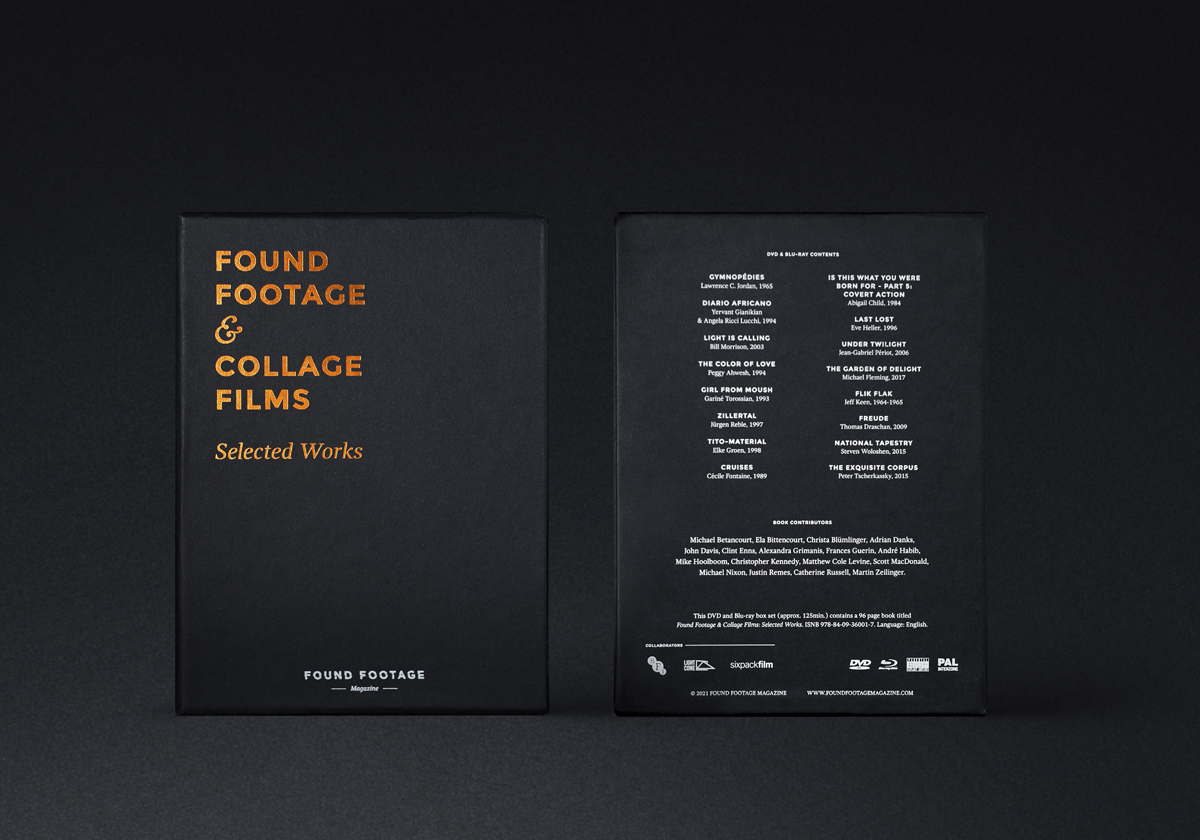
Found Footage & Collage Films:
Selected Works
- 2022
- ISSN: 978-84-09-36001-7 / Legal deposit: LR 915-2021
- 96-page paperbook in English
- 125min. DVD+BluRay
Found Footage & Collage FIlms: Selected Works
Found Footage Magazine is proud to present Found Footage & Collage Films: Selected Works, edited and introduced by César Ustarroz. For enthusiasts of avant-garde cinema, this deluxe limited edition of sixteen short films provides a vivid account of various creative processes in the recycling of images in experimental moving image art. Found Footage & Collage Films: Selected Works comes complete with a book filled with analysis and insights of the selected films. Written by leading scholars and film critics for the occasion, this publication is an essential reading for understanding the aesthetics and contexts of found footage filmmaking in contemporary moving image culture.
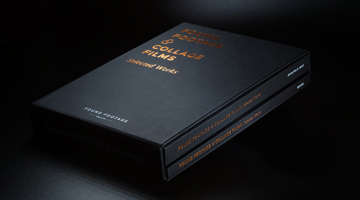
View 1
Hand-assembled box set, manufactured in Spain
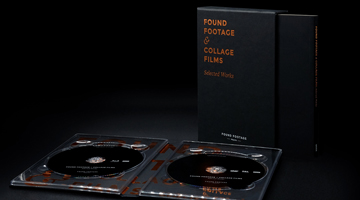
View 2
A 2-disc (all-region DVD & Blu-ray) box set, including sixteen films (125 min.)
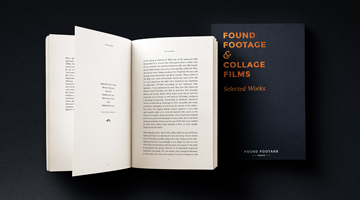
View 3
96-page paperback book with specially commissioned texts in English
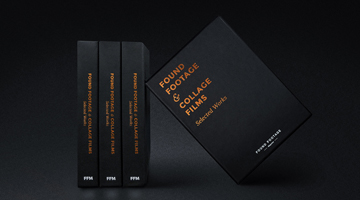
View 4
Available to buy online and through our network of authorized points of sale
Book Contributors
John Davis • Scott MacDonald • André Habib • Catherine Russell • Matthew Cole Levine • Martin Zeilinger • Mike Hoolboom • Justin Remes • Christa Blümlinger • Ela Bittencourt • Frances Guerin • Clint Enns • Chris Kennedy • Michael Betancourt • Alexandra Grimanis and Michael Nixon • Adrian Danks
List of films

GYMNOPÉDIES
Lawrence C. Jordan, 1965Lawrence Jordan’s film Gymnopédies, like most of his non-narrative animation work (before and since), is, among other things, an opportunity to explore our relationship with the unknown.
John Davis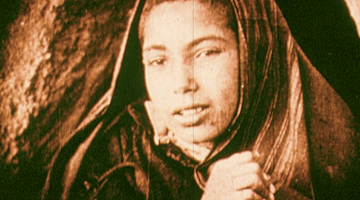
Diario africano/ African Diary
Yervant Gianikian
& Angela Ricci Lucchi, 1994What is exposed in African Diary is (…) the fascination of filmmaking itself, both for the Orientalist visitor and for the Others, who react in a range of ways to this strange and sometimes amusing intrusion into their daily lives.
Scott MacDonald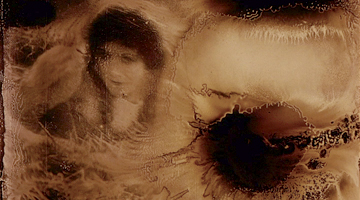
Light Is Calling
Bill Morrison, 2003Light is Calling, the most wondrous, mysterious, beautiful, melancholic of Morrison’s films.
André Habib
The Color of Love
Peggy Ahwesh, 1994The Colour of Love is a delirious adventure in the archive, delving into the nether realm of a manufactured dream scene that is destined now to never be forgotten.
Catherine Russell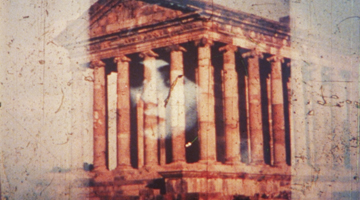
Girl from Moush
Gariné Torossian, 1993Girl from Moush offers largely utopian visions of beauty and belonging, of the ability for art to connect individuals from a vivid culture strewn about the globe.
Matthew Cole Levine
Zillertal
Jürgen Reble, 1997Taken as a film about deep time and the Anthropocene, this is the most beautiful disaster movie you have ever seen, and like all good dystopias, Zillertal is both apocalyptic and a promise of renewal.
Martin Zeilinger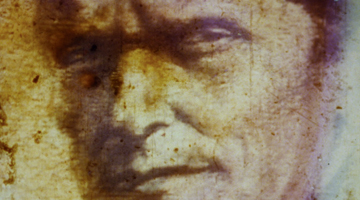
Tito-Material
Elke Groen, 1998Elke Groen travels to the city of Mostar, where she uncovers forgotten footage of the former Yugoslav revolutionary turned president-for-life Tito. (…) How can we make a new present, a better present, out of the material of the past, even a past as ravaged as this?.
Mike Hoolboom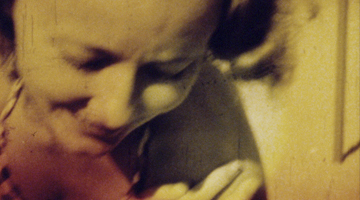
Cruises
Cécile Fontaine, 1989Populated with images and sounds from films that are normally not taken seriously as art, such as slapstick comedies, advertising films, and home movies (…) Cruises is best understood as a work of pop cinema.
Justin Remes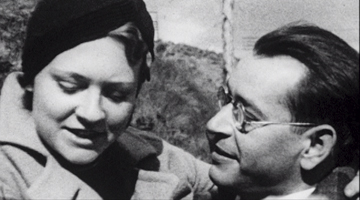
Is This What You Were Born For - Part 5: Covert Action
Abigail Child, 1984Covert Action exposes the act of collecting with its intense inventory of gestures and postures. Thus, the figure of the kiss can no longer be seen as a sign of desire but as a form of visual energy, the materialization of the Freudian principle of “repetition compulsion”, the feeling of the Uncanny in the private space.
Christa Blümlinger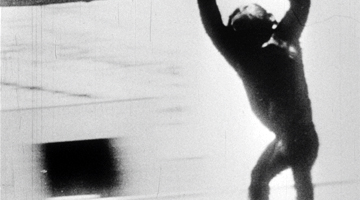
Last Lost
Eve Heller, 1996On some level, the entire film is poised between reverie and lucidity, a blink of an eye in which the real and the dreamily surreal mesh seamlessly. In Heller’s elegant, fluid composition, the world falls under a spell.
Ela Bittencourt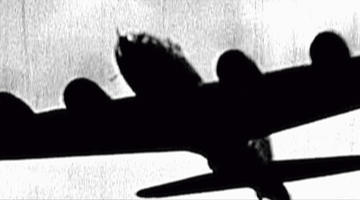
Under Twilight
Jean-Gabriel Périot, 2006Three and a half minutes into Under Twilight, war has become an aesthetically gorgeous image, like a painting. We have forgotten the European lands below being blown to smithereens.
Frances Guerin
The Garden of Delight
Michael Fleming, 2017Fleming uses crude, visual sexual puns and associative montage to reveal the ideology hidden within the original images. As Bosch condemns the sins made against God, Fleming condemns the sins made against cinema.
Clint Enns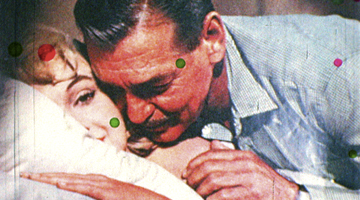
Flik Flak
Jeff Keen, 1964-1965Keen is somehow always able to transform the despairing side of the visual world into creative and subversive joy.
Chris Kennedy
Freude
Thomas Draschan, 2009The duality of dream/trauma. This work of dreamlike cinema is assembled to suggest a process of free association guided by terror, and evoking a dangerous world of hidden violence, sexuality, and death.
Michael Betancourt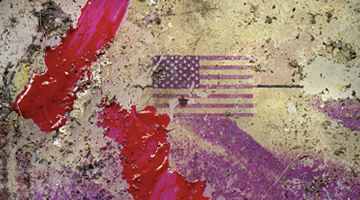
National Tapestry
Steven Woloshen, 2015National Tapestry reminds us that darkness and light are inextricably linked. As with Dr. Frankenstein’s monster, we are reminded that a collection of unconnected, orphaned film strips can come together to form a living, breathing found footage film.
Alexandra Grimanis
& Michael Nixon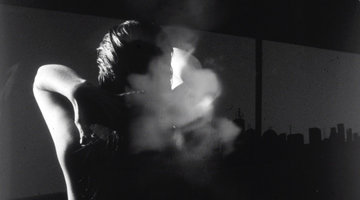
The Exquisite Corpus
Peter Tscherkassky, 2015The Exquisite Corpus is an intense, overwhelming and boundary-riding film that shows us the nature of cinema while obliterating any sense of objective distance.
Adrian Danks